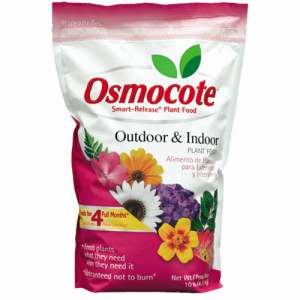
FAQ
Zantedeschia are gross feeders and respond well to regular water and nutrient. Optimum pH for callas is 6 - 6.5. If planting in soil, take a general soil test 2-3 months before planting to allow time for balancing nutrient and correcting pH. Addition of composted organic material can assist nutrient holding capacity and tuber growth.
A base dressing of NPKMg plus trace elements will supply the necessary balance of nutrients for plant growth. Use lime, dolomite or gypsum to correct calcium (Ca). Gypsum can be used to increase Ca without increasing pH (1-2kg /100m2).
Controlled release fertilisers (eg. Nutricote®, Osmocote®, Triabon®) are all excellent for callas. Rates will depend on test results for natural soil, or if a soil-less media is used. Water soluble fertilisers (eg. Peters Excel, Cal-Mag, Kristalon) can also be used along with a range of natural plant growth catalysts eg. seaweed.
Foliar feeding should only be used as a remedial backup as is much less effective than liquid feeding.
Avoid high Nitrogen (N), especially later in the crop cycle as it may promote lush vegetative growth prone to plant stress. N is best applied in NO3 form eg. CaNo3 rather than NH4.
Daily monitoring of pH, EC and moisture levels are critical throughout the crop cycle. Optimum EC post planting is 0.9-1.8.
Adjust N-K ratios throughout the growing cycle:
Planting 2:1
Pre-flowering (6-8 weeks) 2:1.5
Flowering 1:1
End of flowering 1:1.5
Tuberisation 1:3
Typical liquid fertilizer rates to give an EC of 0.8-1.2 are:
N 125-150ppm
P 30ppm
K 125-175ppm
Mg 20-25ppm
Ca 60-70ppm
Increased fertigation during flowering can significantly increase flower quantity and addition of certain elements like Fe (1g/100l) can have a positive effect on colour intensity (eg. Majestic Red).
